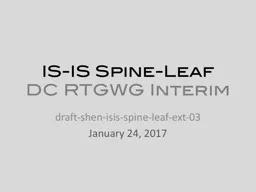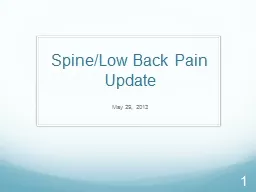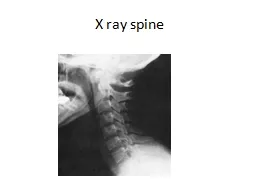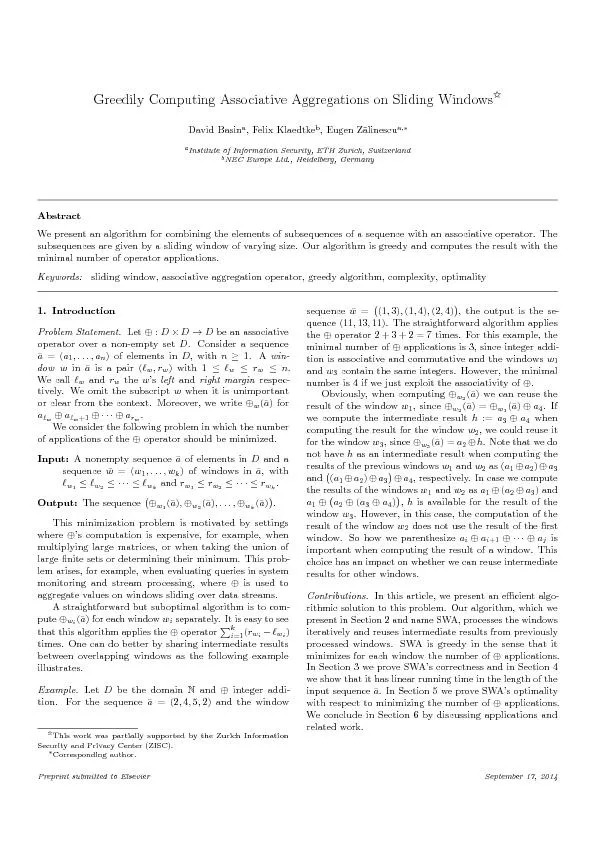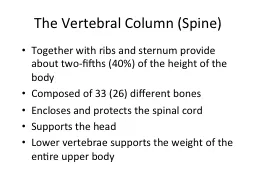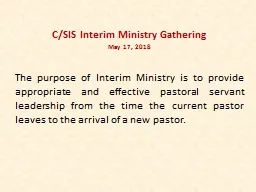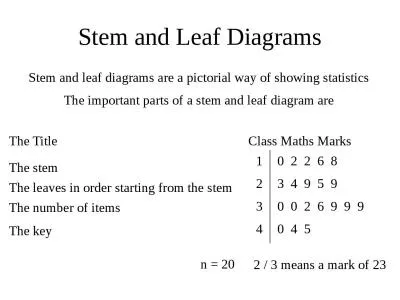PPT-IS-IS Spine-Leaf DC RTGWG Interim
Author : essencemessage | Published Date : 2020-06-23
d raftshenisisspineleafext03 January 24 2017 Agenda SpineLeaf Use Cases Extension Basics TLV in Hello andor CSFLSP Link and Node Down Pure Clos SpineLeaf Summary
Presentation Embed Code
Download Presentation
Download Presentation The PPT/PDF document "IS-IS Spine-Leaf DC RTGWG Interim" is the property of its rightful owner. Permission is granted to download and print the materials on this website for personal, non-commercial use only, and to display it on your personal computer provided you do not modify the materials and that you retain all copyright notices contained in the materials. By downloading content from our website, you accept the terms of this agreement.
IS-IS Spine-Leaf DC RTGWG Interim: Transcript
Download Rules Of Document
"IS-IS Spine-Leaf DC RTGWG Interim"The content belongs to its owner. You may download and print it for personal use, without modification, and keep all copyright notices. By downloading, you agree to these terms.
Related Documents

